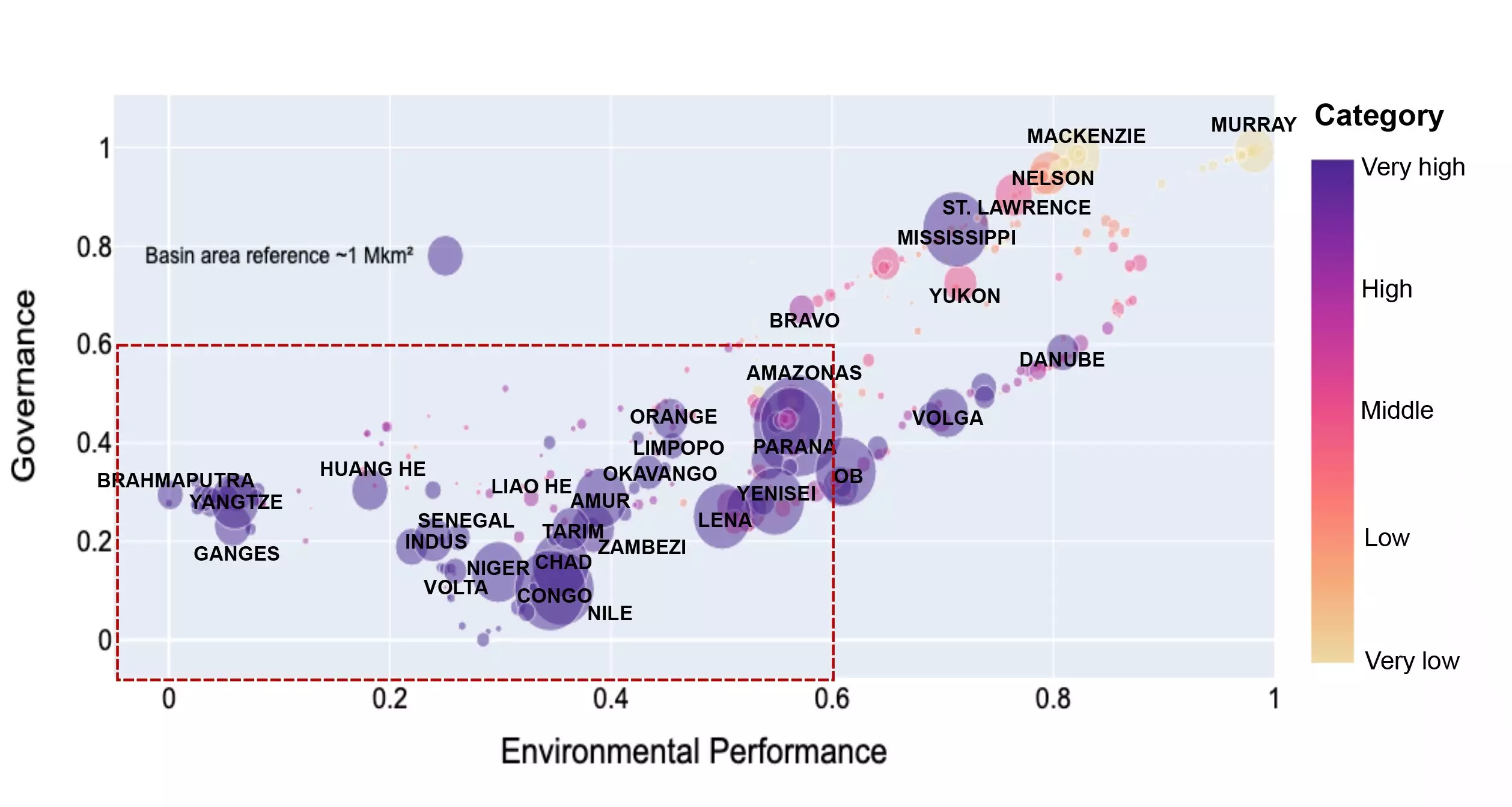As humanity grapples with climate change, population growth, and increasing demand for resources, one of the most pressing issues is securing access to clean water. The traditional understanding of water supply, primarily focused around local sources such as rivers, lakes, and aquifers, is now being challenged by innovative research from Stockholm University. This research advocates for a paradigm shift in how we assess and tackle water scarcity—by paying attention to the “upwind” moisture sources that contribute to precipitation before it reaches downstream areas.
Conventional water management strategies typically emphasize the “upstream” context, which looks at the conditions affecting bodies of water from the viewpoint of where they flow. However, the recent study titled “Upwind moisture supply increases risk to water security,” published in Nature Water, presents a groundbreaking new notion—the “upwind” perspective. According to the study, moisture that evaporates from land or ocean and travels through the atmosphere before falling as rain is crucial to understanding water availability.
“This upwind moisture is often overlooked when assessing water availability,” notes Fernando Jaramillo, an associate professor of physical geography at Stockholm University and the study’s principal investigator. Through analyzing 379 hydrological basins globally, the research underscores that the conditions affecting evaporation and land use in upwind areas can have profound implications for downwind water security.
The study introduces the concept of a “precipitationshed,” an area that encompasses the regions from which evaporated moisture is from and eventually falls as precipitation. This notion is particularly relevant in areas where multiple countries or regions share water resources. The findings illustrate that these precipitationsheds can vary significantly and are often interlinked. For example, the Amazon basin and the Andes mountains exhibit an intricate relationship where moisture circulation drastically influences water security across both regions.
The implications are vast; Jaramillo elaborates, “When considering the interrelated nature of these regions, the water supply risks are significantly heightened, revealing a 50% increase in water security risk when viewed through the upwind lens.”
The influence of land use changes in upwind areas, such as deforestation or shifts in agriculture, is another vital aspect examined in the study. These changes not only reduce the availability of moisture for downwind rainfall but also contribute to exacerbating water scarcity crises. In regions where rainfall is directly dependent on moisture evaporated from neighboring lands, the risks of diminished water supply multiply.
Countries such as Niger, which rely heavily on moisture that originates in its neighboring countries, face heightened vulnerability as alterations in land management upstream can drastically affect their water security. “Coastal nations like the Philippines, by contrast, experience less impact from inland land-use changes, as their rainfall largely comes from oceanic moisture,” Jaramillo states.
Thus, the research highlighted a pressing need for countries sharing water resources to recognize their interdependence and the potential consequences of environmental mismanagement upstream.
As documented by co-author Lan Wang-Erlandsson of the Stockholm Resilience Center, the study brings attention to the vital link between upstream environmental conditions and downstream water availability. With pressing cases such as the Congo River basin, where poor governance in neighboring countries threatens the region’s water security, it becomes clear that solutions to water-related challenges require collaborative international efforts—not just localized management.
“Managing water resources effectively is impossible without considering the conditions and practices in neighboring regions,” asserts Wang-Erlandsson. This emphasizes the need to cultivate transboundary cooperation focused on upwind moisture sources to mitigate tensions associated with water scarcity.
The findings from the recent study call for a significant shift in thinking about water resource management. By embracing an upwind perspective, policymakers can more accurately assess risks and develop strategies that encompass the broader environmental and political factors influencing water security. Moving forward, fostering international cooperation and understanding our intricate interdependence within global water systems will be essential to ensure a sustainable and secure water future for all.
As we face escalating challenges related to water scarcity, it is imperative to embrace a holistic understanding that transcends borders and fosters collaboration. Recognizing that all water is interconnected is key to developing effective strategies to preserve this increasingly precious resource.

